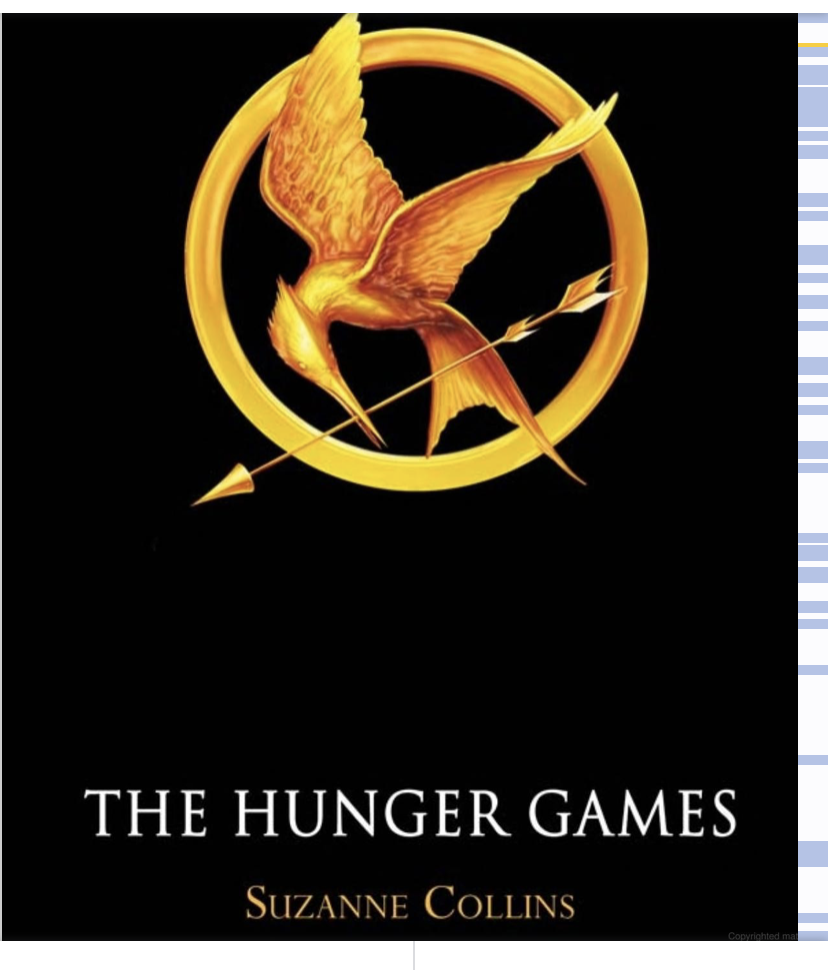
You all have read some amazing books but, I bet you haven’t read the book Rash by Pete Hautman. It’s an outstanding book. This book has a New York Times Notable Book of the Year Award. It has some great details and that is why I love this book. It’s also quite fast paced, and it’s a great book for kids older than nine years old.
This book starts off with the main character, Bo Marsten talking to his grandfather about track and field, and how the USSA (United Safer States of America), is because students have to wear padding and helmets for track, as the USSA is making everything safe.
Hautman’s, Rash is about how to control your anger. It’s about self identity— finding how you really are.
Bo Marstens’ family is really crazy because in this year, 2074 almost everything is illegal and the Marsten family has some serious anger issues. Bo’s dad and brother are both in jail for ten years and are picking shrimp shells as their punishment.
There were many major characters in Rash, including Bo, like Rhino, Bork, and Hammer. The antagonist, the character that provides a contrast to the major character, is Karlohs. Anything he did annoyed Bo a lot.
Bo’s character developed as time passed, and I liked the message and that we shouldn’t have to get angry all the time. So the next time you’re in your local library or the one closest one to you check out Rash by Pete Hautman. You’ll be glad you did.
Michael McLaughlin is fourteen years old and going into eighth grade at St. Patrick’s School in Rolla Missouri. His favorite genre of food is seafood. He loves to watch or play baseball, and since he’s from Missouri his favorite team is the STL Cardinals. In Michael’s words; “A cool thing about me is that I’m actually adopted, and I’ve been adopted for about eight years now, and it gave me the chance to be writing this auto-biography and I’m so grateful for what this family has done for me.”

